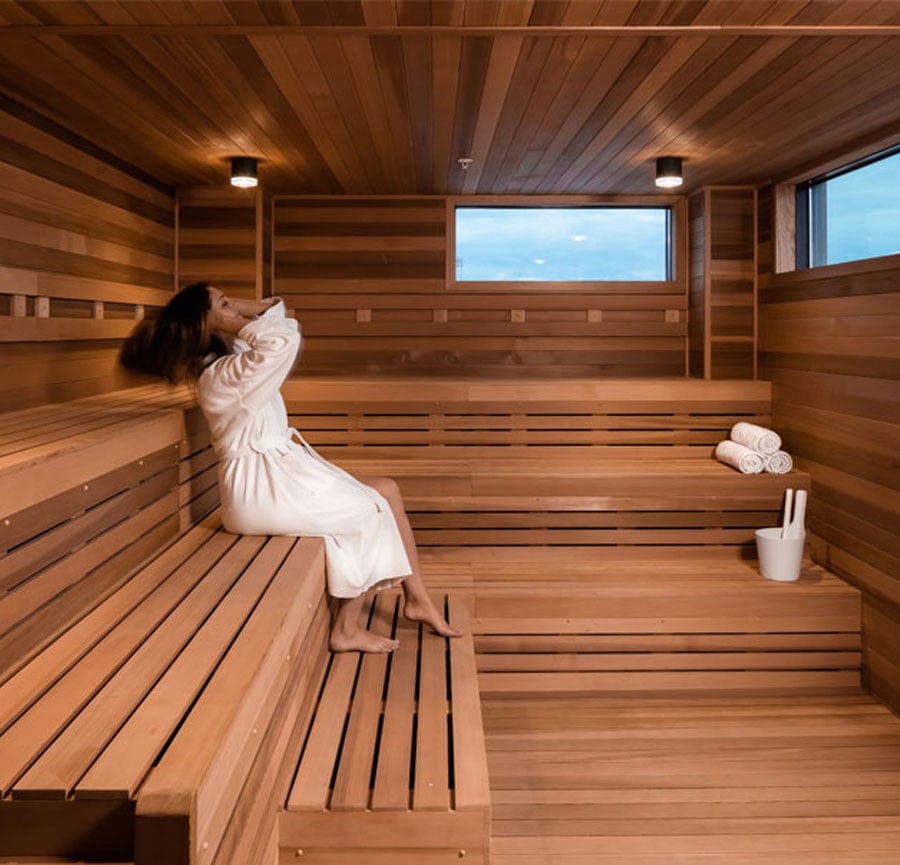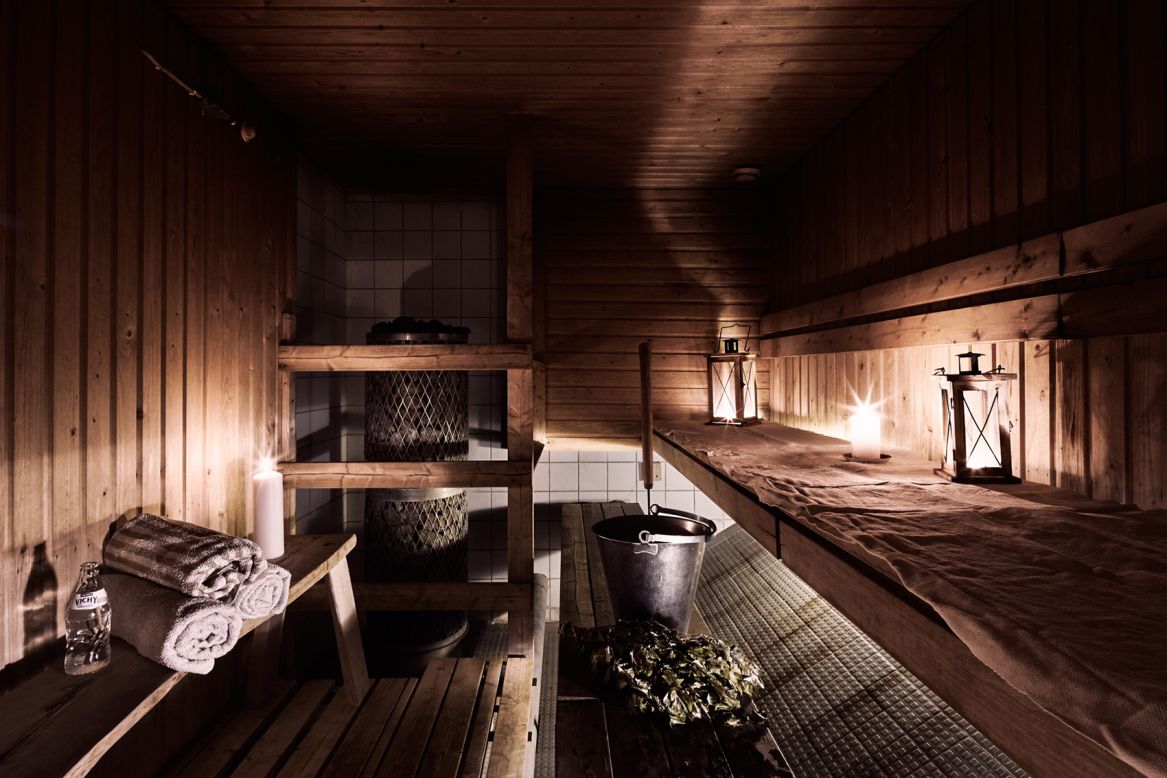Traditional Sauna for Dummies
Traditional Sauna for Dummies
Blog Article
The smart Trick of Traditional Sauna That Nobody is Talking About
Table of ContentsAll about Traditional SaunaEverything about Traditional SaunaOur Traditional Sauna PDFsMore About Traditional Sauna
The majority of the weight lost in a sauna is water loss and is re-gained upon rehydrating. Without a doubt sauna can be an important component of a healthy and balanced weight loss program. To look at the distinctions in between standard and IR saunas, I will certainly divide these right into verifiable, theoretical, and produced differences.Thus, the hottest factor in the saunawhich is at the ceiling directly above the sauna heateris usually between 185 and 190 F. Traditional Sauna. Claims that a typical sauna surpasses 200 F is just not true and not applicable for electrical saunas sold in the United States. The temperature level for a far-infrared sauna is typically set between 120 and 140 F; nonetheless, unlike the typical sauna, the objective in and IR space is not to accomplish a heat
Due to this, the temperature distinction is virtually unnecessary, considering that profuse sweating leads to both sauna kinds, but the approach of heating the body is various. In an IR sauna the bather will certainly feel warm and will sweat profusely, but at a lot lower temperature levels. Therefore, if the objective is to spend longer durations of time in the sauna, the IR sauna is a good option.

The Traditional Sauna Statements
When the heat is achieved, the elements cycle on and off to maintain the high temperature level. The majority of traditional sauna users delight in pouring water over the rocks to develop vapor to increase sauna humidity degrees. The advantages of putting water over the rocks consist of: making the space much more comfortable, dampening the nasal passages, and enabling the use of aromatherapy by blending crucial oils with the water.
In a far-infrared sauna, the warm waves permeate the body to effectively heat the body and increase the body core temperature. To achieve this boosted temperature level, Far-infrared emitters produce infrared energy which is close to the same wavelength as that which the body naturally emitsoften referred to as the "Important Range" of 7 to 14 microns), so the energy is well received by the body.
When the energy enters the body, it causes the why not find out more body temperature level to increase and inevitably causes sweat. In an infrared sauna it is essential for the emitters/heaters to stay on virtually constantly. Since there is no mass of rocks to retain warmth, the sauna will cool down if the emitters closed off.
As pointed out above, the sauna bather in an infrared area wishes to place himself before operating emitters to obtain maximum gain from the heat. The heating time for both rooms can be really different, relying on exactly how the rooms are used. For a typical sauna, a bather ought to allow 30-40 minutes for the area to achieve a desired temperature level and to appropriately pre-heat the rocks.
The 6-Minute Rule for Traditional Sauna
A well created sauna Recommended Reading will typically accomplish a temperature level of 150-160 F in about 30-40 minutes. For hotter temperatures, the space may need to warm for a longer duration.
To some, 15 mins was "thrown away" while the infrared power warmed the wood panels as opposed to heating a body, while others discover a pre-heated area to be more comfortable and think a raised starting temperature is needed to begin perspiring. The size of advised usage for every room is around the very same (10-15 minutes per session); nonetheless, as a result of the lower air temperatures and the capacity to really feel the results of infrared warm faster than a traditional sauna, it is not unusual for an individual to invest a total of 20-30 mins in an infrared sauna.
Standard saunas have a tendency to be bigger (thus use even more power) than infrared saunas, although standard saunas are certainly available in one and two person sizes too. For a two-person traditional sauna, 5x6 or 5x7 dimension is most prominent. The top bench can conveniently seat 2 or 3 individuals and is additionally long sufficient to lie down throughout the sauna session.


The ordinary expense per kWH of electrical energy in the U.S. is around $0.11, so a 4.5 kW heater will certainly cost about $.50 to run for one hour, if the Check Out Your URL heating system runs continuously for one hour. Commonly a sauna heating unit will run for 75% of the initial hour and 50% of subsequent hours on considering that the aspects cycle once the established temperature is accomplished.
Traditional Sauna Things To Know Before You Get This
A 2 person far-infrared room is usually literally smaller sized than a standard sauna, usually about 4' x 4' or smaller. The IR heating unit is typically 1.5-1.7 kW using a 120 volt 15 amp plug-in service. Since the space can be made use of earlier than a sauna area, we will certainly think the area is made use of for to of an hour consisting of warm up time.
There is a rarely reviewed distinction in the social experience in between the two spaces. While our society has actually shed a few of the social benefit of the conventional sauna experience, it can be very socially satisfying. From household time in the sauna, to heart-felt conversations with loved ones, to sauna partiesthe conventional sauna experience can cause intimate socializing.
A lot of higher end infrared areas consist of tinted light therapy, audio systems and full-glass fronts.
Report this page